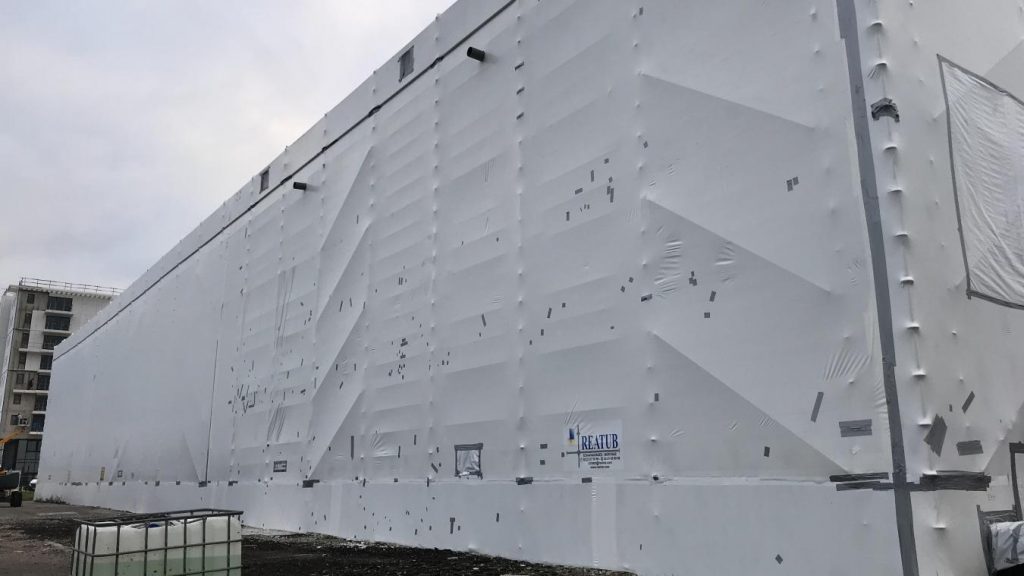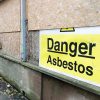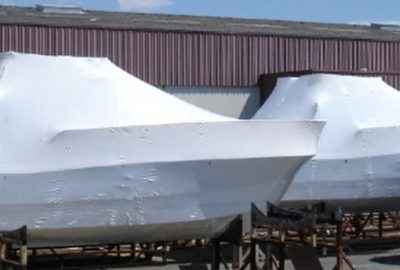Special precautions must be taken on work sites containing asbestos. As asbestos is a toxic substance, workers who work on the construction site should be protected by providing them with personal protective equipment. The environment should also be protected by preventing asbestos fumes from being dispersed into the atmosphere. This requires a containment using film and heat shrink tubing.
On this subject, the INRS publishes a book to assist companies in their ventilation plan.
What is the ventilation plan?
The ventilation plan is a technique allowing companies to adopt a rigorous step-by-step approach. It allows them to cut short any improvisation that would lead to flaws in the system and proposes, up front, a list of the equipment needed to control the risks of pollution by asbestos contamination.
Who is affected by film and shrink wrap containment
All companies working on asbestos removal sites are affected by film and shrink-wrap containment, from the time the site is listed as level 2 or 3, which is equivalent to an emission of more than 100 fibres per litre.
The objective is to isolate the area in which asbestos removal is being carried out, without there being any possibility of the fibres dispersing.
How is the ventilation plan carried out?
The first step of the ventilation plan is to identify the location. This will help determine the size of the site and list the material that will be required.
It is also a question of identifying the devices of controlled compensating air inlets and control air inlets. All technical data is recorded, in order to choose the best solution for reliable containment.
Finally, the project provides for areas dedicated to the decontamination of personnel and waste.
Static containment
For static containment, the company closes off the openings leading to the outside of the site, in order to put the area under vacuum. It uses adhesive tape, plastic film and expandable foam.
After caulking, an airtight and waterproof envelope is added. This is created using plastic film – polyethylene or PVC – and heat-shrinkable tubing. Once applied, the film is heated to shrink and form a watertight and resistant cocoon. The choice of film takes into account the pressure difference inside and outside of the area, as their fixation must be sufficiently strong. They must also be able to withstand bad weather, rain and strong winds.
Containment also involves the creation of dedicated areas for decontamination equipment: extractors, compensating air inlets, tunnels, etc. The surfaces and interior equipment must be decontaminated in advance.
Once the envelope is completed, it allows you to:
- protect all equipment and surfaces in the worksite area from further contamination;
- facilitate final decontamination;
- complete the sealing of the static containment.
Dynamic containment
Dynamic containment takes the elements of static containment, to which three elements are added to ensure controlled ventilation:
- extractors equipped with high-performance filters that discharge the air outside, after filtering the asbestos fibres;
- a device to allow air to enter the containment area ;
- equipment to regulate the air flow rate and thus adjust the vacuum level of the contained area.
This process allows fresh, healthy air to enter and releases asbestos-polluted air to the outside, but after it has been filtered, thus avoiding any contamination to the outside.








